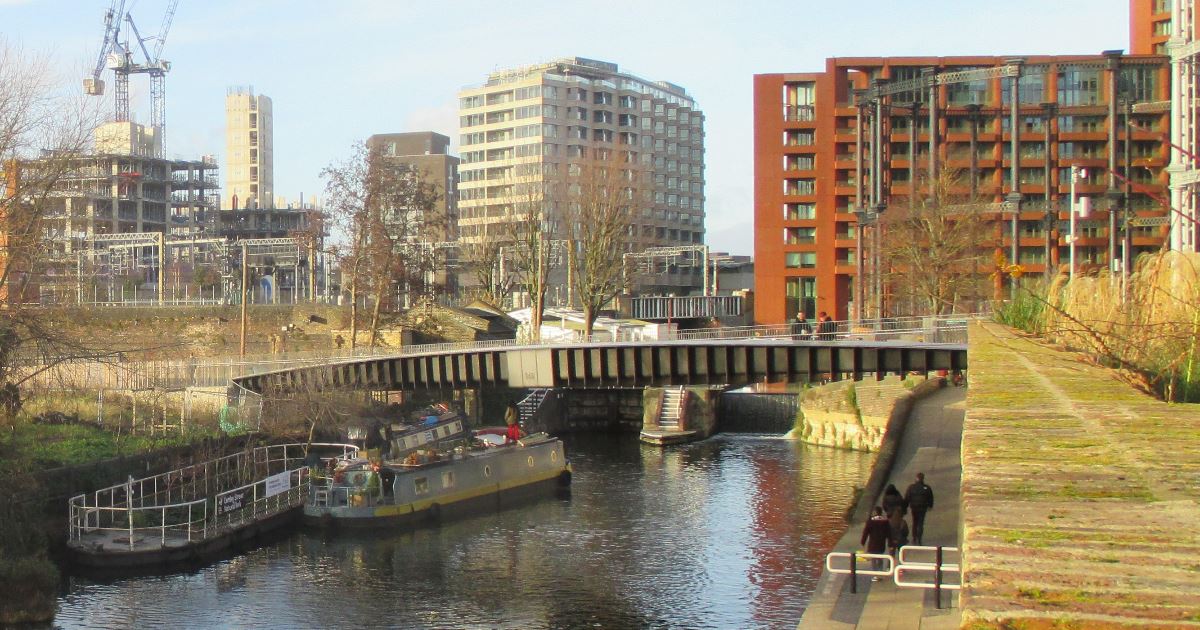Green Infrastructure Systems in the Context of Urban Resilience
A special issue of Sustainability (ISSN 2071-1050). This special issue belongs to the section "Green Building".
Deadline for manuscript submissions: closed (22 November 2025) | Viewed by 3889

Special Issue Editor
Interests: urban and regional planning; planning theory and ethics; urban design; metropolitan governance; sustainable transportation planning; digital communities and urban development
Special Issues, Collections and Topics in MDPI journals
Special Issue Information
Dear Colleagues,
Design professions have been attempting to develop environmental methods to reduce the impacts of built structures on natural surroundings for generations. Green Infrastructure (GI), together with Nature-based Solutions (NbS), represents one the latest iterations in a long lineage of land–water professional practices dating back to greenbelts, parks, greenways and ecological corridors, wetland conservation, floodplain protection, efficient utility operations, and stream daylighting. The scientific background of Green Infrastructure comprises a symbiosis of the natural environment and engineered systems aimed at enhancing nature and human living. Low-Impact Development infrastructure can potentially augment the ecological and socio-economic resilience of cities and urban systems. The scientific background of resilience thinking was pioneered by C. S. Holling in the 1970s with the four-phase cycle of system adaptation and change. Urban resilience gained increased notoriety in the last two decades due to the impact of major socio-economic, environmental, and health crises and the need to identify adequate solutions to serious issues of carrying capacity, resource overshoot, and planetary boundaries, among others. Green Infrastructure has been deployed at multiple scales from site to city, regional, and watershed levels. While Green Infrastructure is now commonly found in newly master-planned areas in cities, its deployment in consolidated neighbourhoods requires a higher degree of commitment and creativity from urban planners, landscape architects, urban designers, engineers, and stakeholders. To what extent can most areas of cities be retrofitted with Green Infrastructure in order to augment their resilience to climate change? The aim of this Special Issue is to provide answers to this fundamental question. MDPI’s Sustainability’s broad coverage of themes central to the technical, environmental, cultural, economic, and social sustainability of human beings makes it the ideal outlet to publish the latest and most novel research on the subjects of Green Infrastructure and urban resilience. This Special Issue of Sustainability seeks reviews and articles examining the conceptualization, design, deployment, construction, maintenance, and monitoring of Green Infrastructure in the context of urban resilience. Scholars and practitioners working on the main themes of Green Infrastructure and Urban Resilience are asked to contribute their studies for peer-review assessment and publication.
ICTs, the global financial crisis, austerity urbanism, and the COVID-19 pandemic created major challenges to human settlements in both the Global North and Global South. Whilst urban resilience has helped to circumvent some of these crises’ most severe distresses, structural transformations within contexts of anticipatory planning and green governance require systemic thinking and the deployment of proactive management practices, of which Green Infrastructure is just one such innovation. In an attempt to fill the theory–practice gap and make research findings available to all, this Special Issue may include (but will not be limited to) the following novel and reconsidered research areas:
- Ecological theories;
- Community design;
- Urban planning and design;
- Sustainable urbanism;
- Plans, programs, and codes;
- Pilot and demonstration projects;
- Financing mechanisms;
- Collaborative interventions;
- Certification systems.
Dr. Carlos José Lopes Balsas
Guest Editor
Manuscript Submission Information
Manuscripts should be submitted online at www.mdpi.com by registering and logging in to this website. Once you are registered, click here to go to the submission form. Manuscripts can be submitted until the deadline. All submissions that pass pre-check are peer-reviewed. Accepted papers will be published continuously in the journal (as soon as accepted) and will be listed together on the special issue website. Research articles, review articles as well as short communications are invited. For planned papers, a title and short abstract (about 250 words) can be sent to the Editorial Office for assessment.
Submitted manuscripts should not have been published previously, nor be under consideration for publication elsewhere (except conference proceedings papers). All manuscripts are thoroughly refereed through a single-blind peer-review process. A guide for authors and other relevant information for submission of manuscripts is available on the Instructions for Authors page. Sustainability is an international peer-reviewed open access semimonthly journal published by MDPI.
Please visit the Instructions for Authors page before submitting a manuscript. The Article Processing Charge (APC) for publication in this open access journal is 2400 CHF (Swiss Francs). Submitted papers should be well formatted and use good English. Authors may use MDPI's English editing service prior to publication or during author revisions.
Keywords
- environmental ecosystem
- urban revitalization
- green infrastructure banking
- green roofs
- rain harvesting and gardens
- stream daylighting
Benefits of Publishing in a Special Issue
- Ease of navigation: Grouping papers by topic helps scholars navigate broad scope journals more efficiently.
- Greater discoverability: Special Issues support the reach and impact of scientific research. Articles in Special Issues are more discoverable and cited more frequently.
- Expansion of research network: Special Issues facilitate connections among authors, fostering scientific collaborations.
- External promotion: Articles in Special Issues are often promoted through the journal's social media, increasing their visibility.
- Reprint: MDPI Books provides the opportunity to republish successful Special Issues in book format, both online and in print.
Further information on MDPI's Special Issue policies can be found here.





